Silvia López-Argüello 1, Maria Montaner 1, Amanda Mármol-Salvador 1, Ana Velázquez-Escudero 2, 3, Fernando Docobo-Pérez 2, 3, 4, Antonio Oliver 1, 4, Bartolome Moya 1, 4
1 Servicio de Microbiología and Unidad de Investigación, Hospital Universitario Son Espases, Health Research Institute of the Balearic Islands (IdISBa), Palma, Spain.
2 Departamento de Microbiología, Facultad de Medicina, Universidad de Sevilla, Seville, Spain.
3 Instituto de Biomedicina de Sevilla, Hospital Universitario Virgen Macarena/CSIC/Universidad de Sevilla, Seville, Spain.
4 Centro de Investigación Biomédica en Red en Enfermedades Infecciosas (CIBERINFEC), Madrid, Spain.
Abstract:
The lack of effective first-line antibiotic treatments against Neisseria gonorrhoeae, and the worldwide dissemination of resistant strains, are the main drivers of a worsening global health crisis. β-lactam antibiotics have been the backbone of therapeutic armamentarium against gonococci. However, we are lacking critical insights to design rationally optimized therapies. In the present work, we generated the first PBP-binding data set on 18 currently available and clinically relevant β-lactams and 4 β-lactamase inhibitors in two N. gonorrhoeae ATCC type collection strains, 19424 and 49226 (PBP2 type XXII and A39T change in mtrR). PBP binding (IC50) was determined via the Bocillin FL binding assay in isolated membrane preparations. Three clusters of differential PBP IC50s were identified and were mostly consistent across both strains, but with quantitative differences. Carbapenems were coselective for PBP2 and PBP3 (0.01 to 0.03 mg/L). Third- and fourth-generation cephalosporins cefixime, cefotaxime, ceftazidime, cefepime, and ceftriaxone showed the lowest IC50 values for PBP2 (0.01 mg/L), whereas cefoxitin, ceftaroline, and ceftolozane required higher concentrations (0.04 to >2 mg/L). Aztreonam was selective for PBP2 in both strains (0.03 to 0.07 mg/L); amdinocillin bound this PBP at higher concentrations (1.33 to 2.94 mg/L). Penicillins specifically targeted PBP2 in strain ATCC 19424 (0.02 to 0.19 mg/L) and showed limited inhibition in strain ATCC 49226 (0.01 to >2 mg/L). Preferential PBP2 binding was observed by β-lactam-based β-lactamase inhibitors sulbactam and tazobactam (1.07 to 6.02 mg/L); meanwhile, diazabicyclooctane inhibitors relebactam and avibactam were selective for PBP3 (1.27 to 5.40 mg/L). This data set will set the bar for future studies that will help the rational use and translational development of antibiotics against multidrug-resistant (MDR) N. gonorrhoeae.
IMPORTANCE The manuscript represents the first N. gonorrhoeae PBP-binding data set for 22 chemically different drugs in two type strains with different genetic background. We have identified three clusters of drugs according to their PBP binding IC50s and highlighted the binding differences across the two strains studied. With the currently available genomic information and the PBP-binding data, we have been able to correlate the target attainment differences and the mutations that affect the drug uptake with the MIC changes. The results of the current work will allow us to develop molecular tools of great practical use for the study and the design of new rationally designed therapies capable of combating the growing MDR gonococci threat.
Microbiol Spectrum. 2023 Apr 24;e0069223. doi: 10.1128/spectrum.00692-23. Online ahead of print.
Link to Microbiol Spectrum
